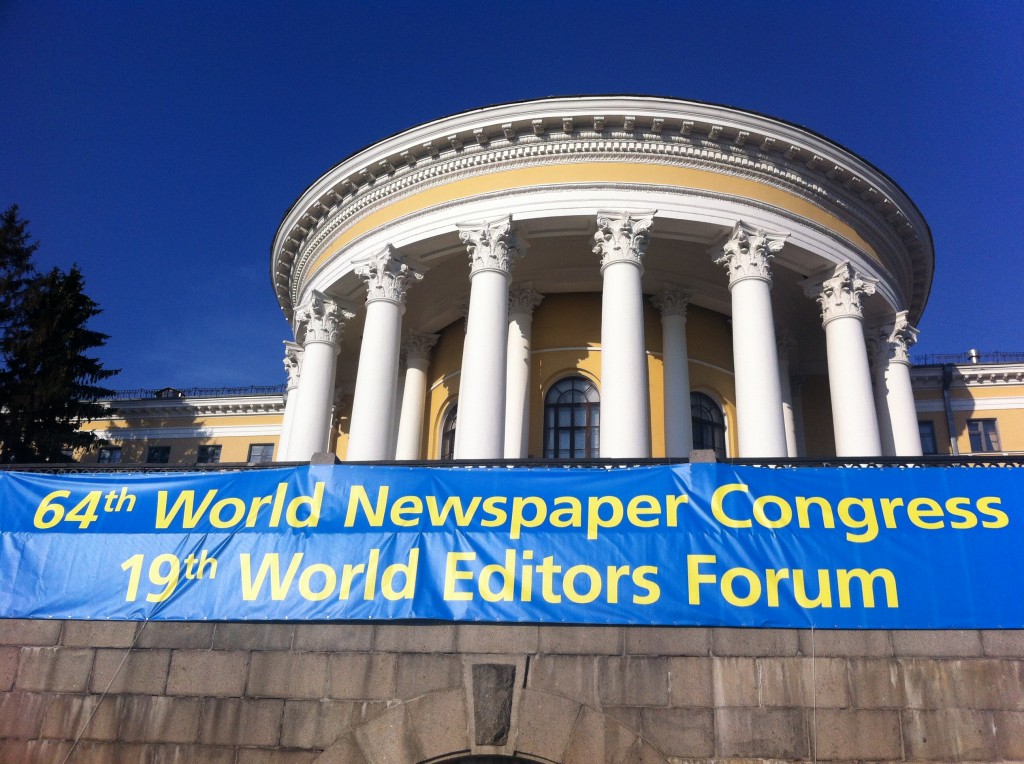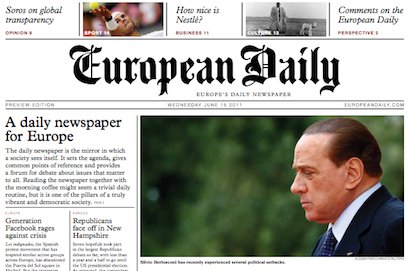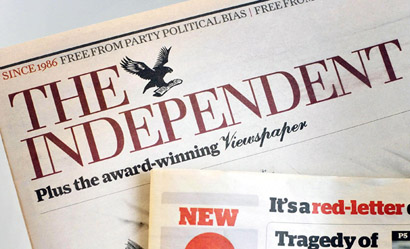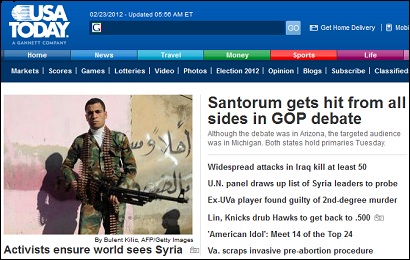
Image by VFS Digital Design on Flickr. Some rights reserved. Creative commons licence
Bonnier Business Media designer Jacek Utko has previously spoken about the need for news outlets to break the template format online, in the way they can with their print products.
Speaking at the World Editors Forum in Kiev today, Utko helpfully highlighted the ways in which news outlets can show that creativity in the presentation of their newspaper print products. And the place to look for inspiration is in magazines. Put simply, he said, “I don’t look for inspiration in newspapers anymore”.
The key lessons for newsrooms to take from magazine content presentation include finding a balance between long and short pieces, producing simple visuals and offering bite-sized chunks of information, the latter being a news presentation format which also “increases understanding”.
Magazines also demonstrate how to “tell stories almost without words”, he said, and “surprise the readers” with different news design on the front page.
That’s what we do with our newspapers, play the white space…
This then looks “totally different in the kiosk on the shelf than the other newspapers”, he said.
And this design approach need not only be for news outlets with sizeable resources. It is “very cheap” to do, he said, and takes just a few hours a day, and means print products can get a step ahead of digital in terms of design.
Art direction and news presentation is so weak on the web, it’s our strength, it’s our competitive advantage for print.





